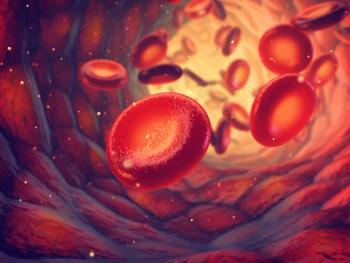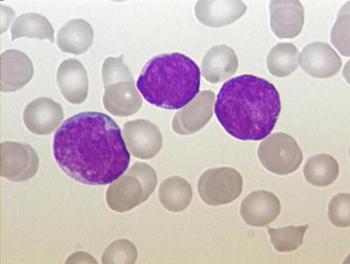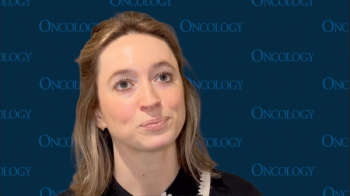
Nivolumab Combo Shows Synergistic Activity in Lymphoma
A total of 30 patients were enrolled in an expansion cohort for relapsed/refractory primary mediastinal B-cell lymphoma and received nivolumab and brentuximab vedotin.
Nivolumab in combination with brentuximab vedotin had a high response rate in patients with relapsed/refractory primary mediastinal B-cell lymphoma (PMBL), according to results of the open-label, multicenter, phase II CheckMate 436 study published in the
The CheckMate 436 study was a phase I/II trial that enrolled adult patients with relapsed/refractory non-Hodgkin lymphoma and included a dose-escalation cohort and expansion cohort. Only the expansion cohort data for relapsed/refractory PMBL were reported in the journal article.
A total of 30 patients were enrolled in the expansion cohort for relapsed/refractory PMBL to receive nivolumab and brentuximab vedotin. Enrolled patients previously received autologous hematopoietic cell transplantation or, if ineligible for transplantation, at least two prior chemotherapy regimens.
Patients had a median age of 35.5 years (range, 19 to 83 years of age). Most patients were white (87%) and approximately half were female (57%). Patients received a median of 2 lines of prior therapy (range, 2 to 5), and 4 patients (13%) received prior autologous hematopoietic cell transplantation. At the time of study analysis, 29 received nivolumab and 30 received brentuximab vedotin.
The trial met its primary endpoint, showing that at a median follow-up of 11.1 months, investigator-assessed overall response rate was 73% (95% CI, 54–88), which included 11 (37%) complete responses (CR) and 11 (37%) partial responses. A post hoc analysis with blinded independent central review revealed an ORR of 70% (95% CI, 51–85) and a 43% CR rate.
“The efficacy is quite striking,”
However, he noted, longer follow-up is needed.
“As it stands, the follow-up duration is not enough to make any assumptions of how the patients did-whether some of them, or a subset at least, were cured or not,” he said.
Given that there are no standard treatments for this patient population, Lulla said that this combination is being used off-label for certain patients.
A total of 25 patients (83%) had a treatment-related adverse event of any grade, with the most common being neutropenia (30%) and peripheral neuropathy (27%). All of the patients who had neutropenia had grade 3 or 4 severity and 10% of patients who had peripheral neuropathy had grade 3 or 4 severity. Approximately half of patients (53%) had a grade 3 or 4 event.
Lulla commented that the safety profile shows the adverse events one might expect with this combination, but one aspect that surprised him was the incidence of immune-related adverse events were lower than what he had expected. There was one case of grade 4 immune-mediated hepatitis, one case of grade 3 colitis, and one case of grade 3 maculopapular rash.
“With Nivo you see at least 20% of patients who have some form of immune related grade 3 or higher adverse events,” Lulla said. “So that’s encouraging.”
Newsletter
Stay up to date on recent advances in the multidisciplinary approach to cancer.
















































































